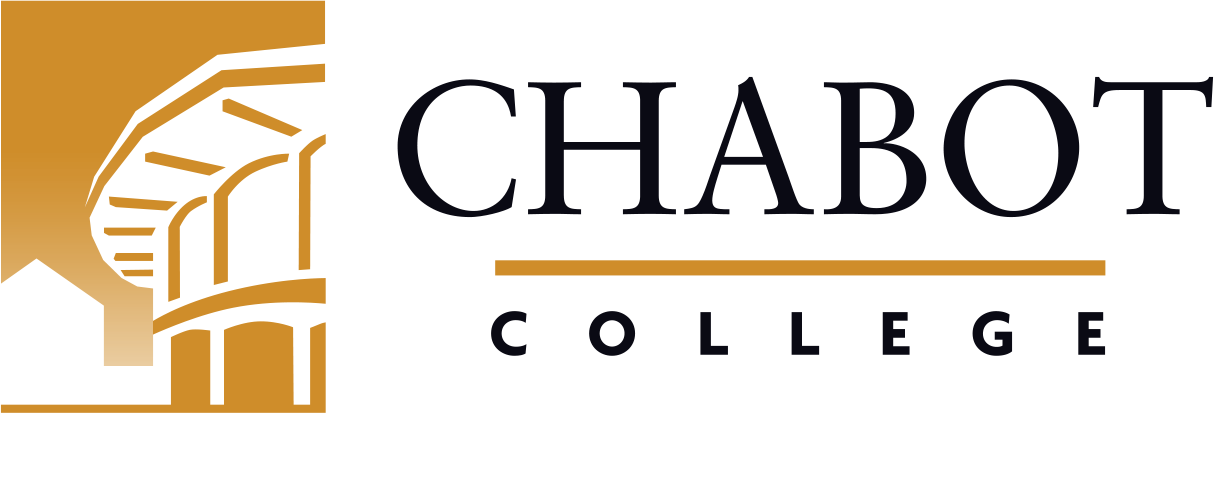
Course Outline for Electronic Systems Technology 70
Bridge to Electronic Systems Technology
Effective: Fall 2016
SLO Rev: 02/28/2017
SLO Rev: 02/28/2017
Catalog Description:
ESYS 70 - Bridge to Electronic Systems Technology
3.00 Units
Basic electronic theory, formulas, and calculations applied to DC and AC circuits and systems. Electrical quantities and units, including unit prefixes, scientific notation and engineering notation. Algebraic manipulation of formulas, reading and plotting of four-quadrant graphs. Logarithmic functions applied to decibel, time constant, and other electronic applications. Trigonometric functions applied to AC sine wave circuits
0708.10 - Computer Networking*
Optional
| Type | Units | Inside of Class Hours | Outside of Class Hours | Total Student Learning Hours |
|---|---|---|---|---|
| Lecture | 2.00 | 36.00 | 72.00 | 108.00 |
| Laboratory | 1.00 | 54.00 | 0.00 | 54.00 |
| Total | 3.00 | 90.00 | 72.00 | 162.00 |
Measurable Objectives:
Upon completion of this course, the student should be able to:
- Demonstrate use of basic electronic test equipment
- Read and translate simple schematic diagrams into physical circuits.
- Solve common electronic equations with a scientific calculator
- Manipulate electrical formulas to solve for an unknown variable
- Read and plot single- and four-quadrant graphs
- Describe alternating-current waveforms in terms of sine and cosine trigonometric functions.
- Calculate logarithmic time constant and decibel equations
- Discuss career paths in electronic technology fields
Course Content:
Leture Content
- Survey of modern electronic technology fields
- Fundamentals of electricity
- Decimal, powers of ten, scientific and engineering notation
- AC-DC circuits
- Ratios, percent, and parts per million
- Algebraic concepts and operations
- Roots, radicals, and reciprocals
- Graphs and graphing
- Angles, triangles, and trigonometric functions
- Magnetism and inductance
- Capacitance
- Base 10 logarithms, natural logarithms, and decibels
Lab Content
- Fundamentals of electricity
- Test equipment
- DC circuits
- AC circuits
- Magnetism and inductance
- Capacitance
Methods of Instruction:
- Demonstration/Exercise
- Laboratory
- Lecture/Discussion
- Textbook reading assignments
Assignments and Methods of Evaluating Student Progress:
- Solve an electrical circuit equation for an unknown quantity.
- Graph the I-V characteristic of two resistances for a given range of voltages.
- Measure the voltage across a capacitor at fixed time intervals and correlate the measurements with the calculated time constant for the given circuit.
- Class Participation
- Exams/Tests
- Lab Activities
- Homework
Upon the completion of this course, the student should be able to:
- The student will describe the operation of basic electronic circuits using appropriate electronic terminology, theory, and mathematical relationships.
- The student will solve basic electronic equations using a scientific calculator.
- The student will use test and measurement equipment to perform basic voltage, current, and resistance measurements on electronic circuits.
Textbooks (Typical):
- Kuphaldt, T. (2015). Lessons in Electric Circuits (5th). Ibiblio.org.
- Scientific calculator, Sharp EL-531X or equivalent
Abbreviated Class Schedule Description:
Basic electronic theory, formulas, and calculations applied to DC and AC circuits and systems. Electrical quantities and units. Algebraic manipulation of formulas, graphs, and logarithmic functions. Trigonometric functions applied to AC sine wave circuits